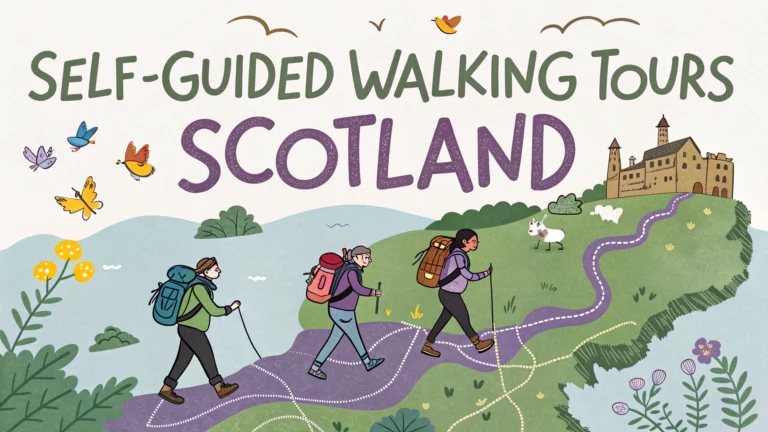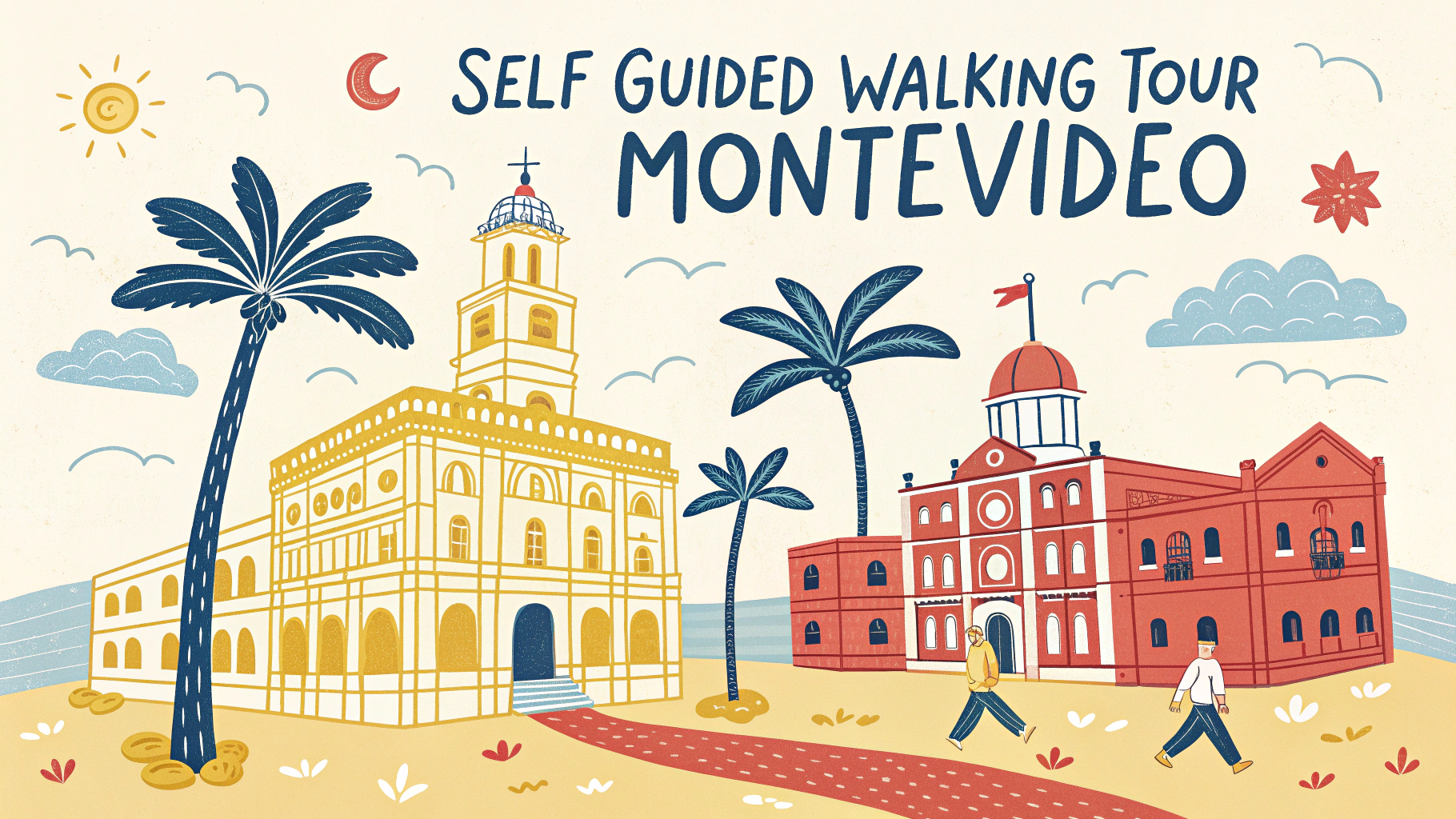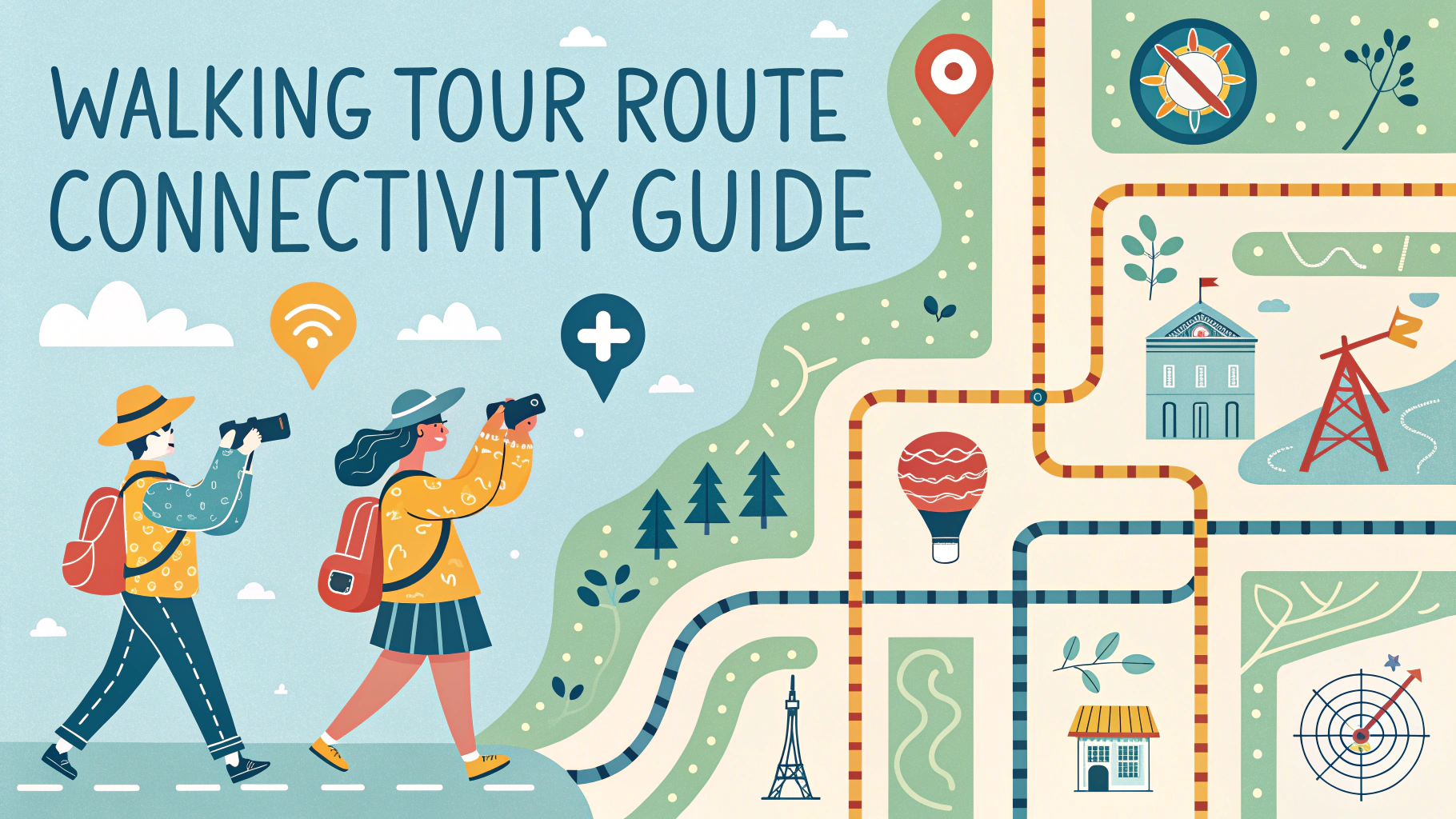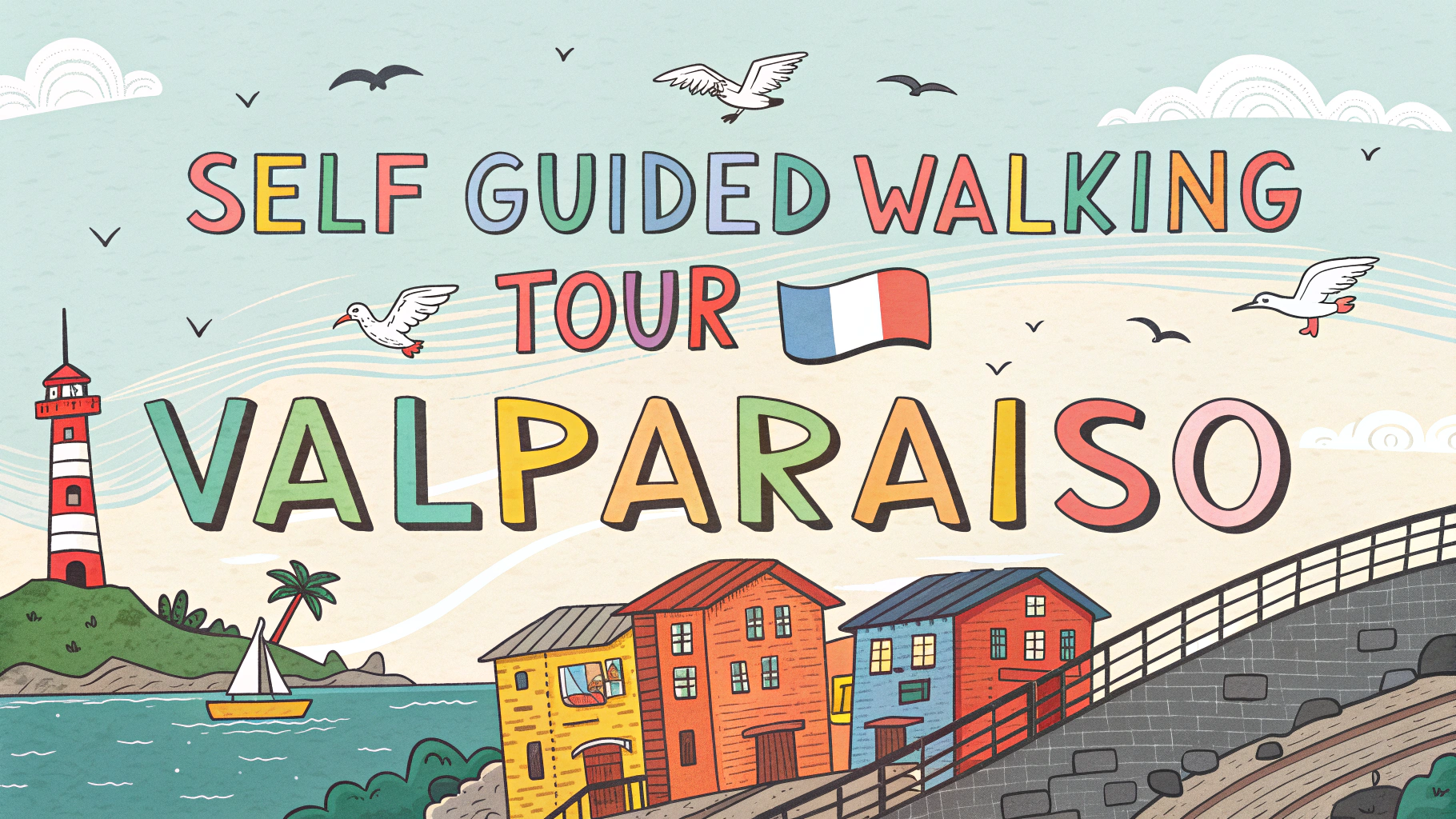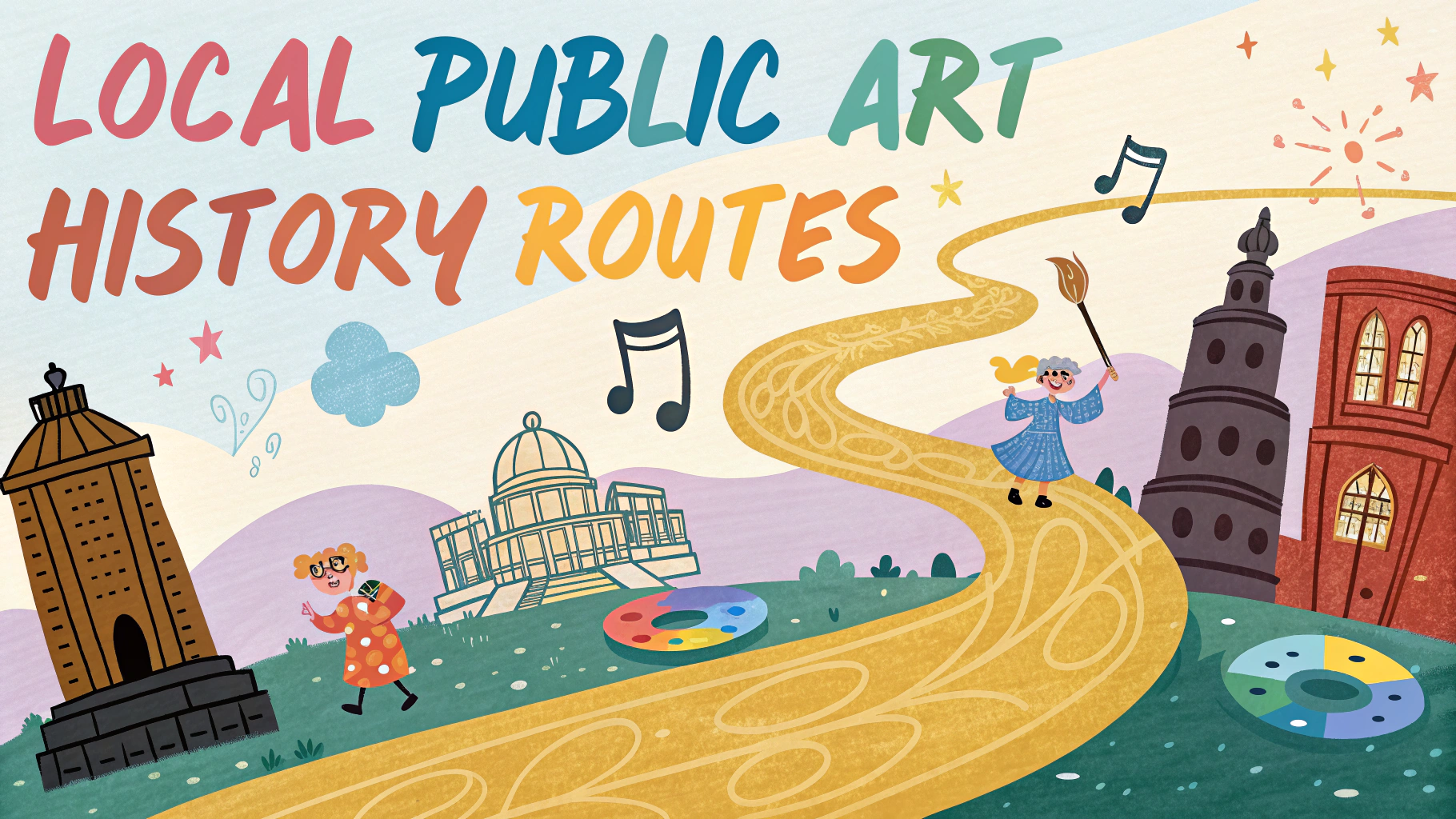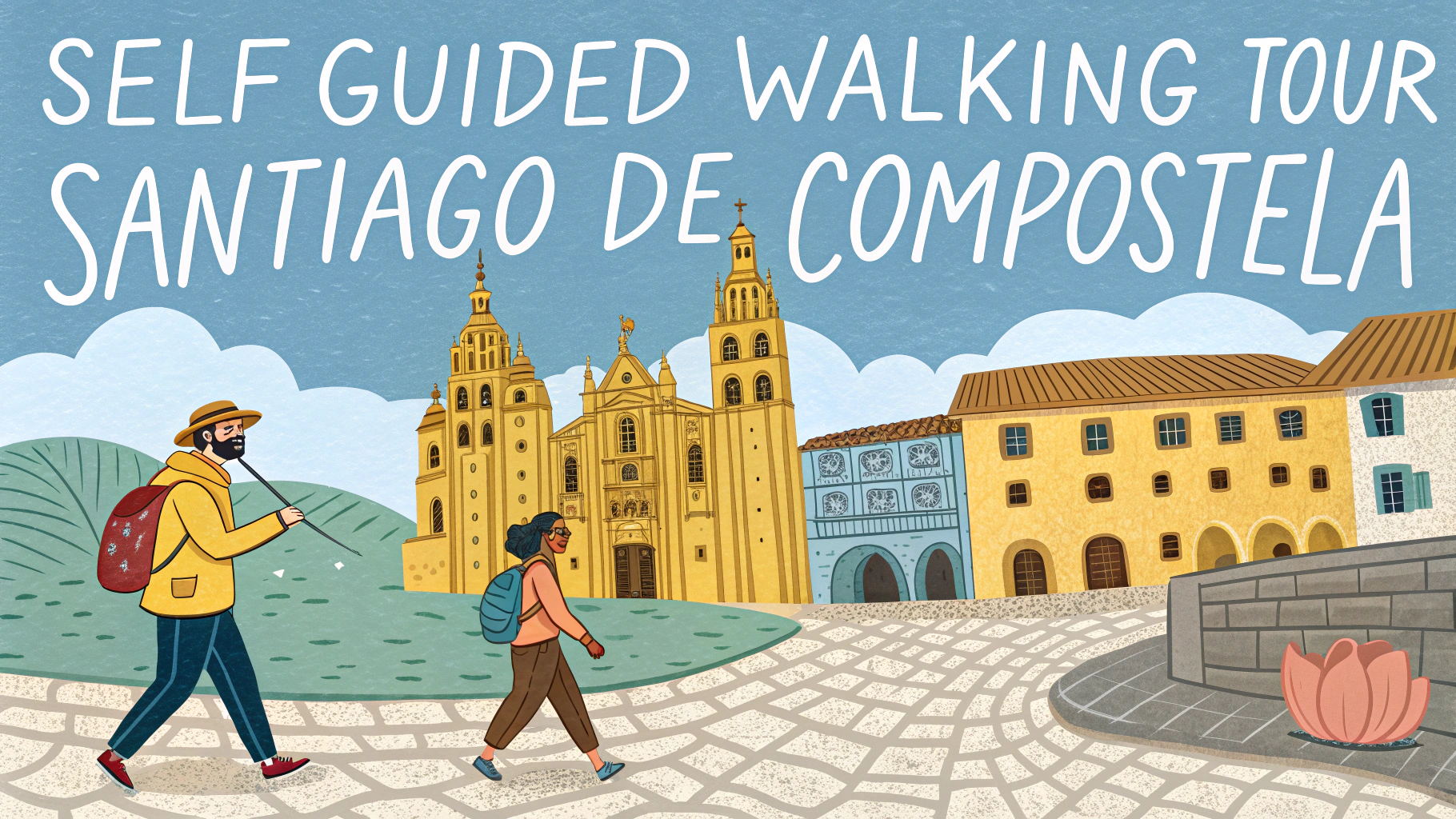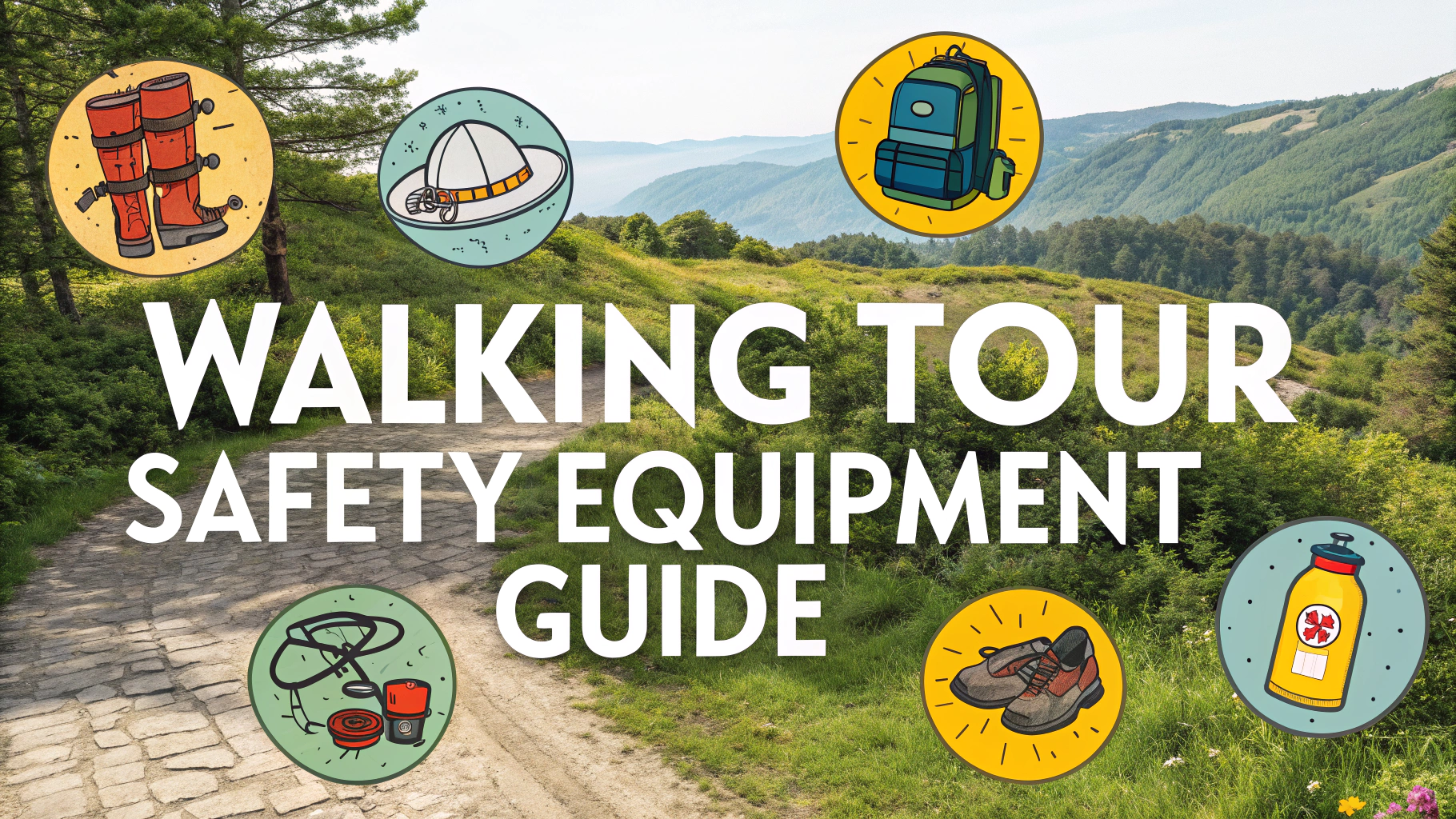Scotland offers some of the world’s most scenic walking routes through historic landscapes, remote highlands, and coastal paths.
Popular Self-Guided Walking Routes
- West Highland Way – 96 miles from Milngavie to Fort William
- Duration: 5-8 days
- Difficulty: Moderate
- Best time: April-October
- Great Glen Way – 79 miles from Fort William to Inverness
- Duration: 5-7 days
- Difficulty: Easy to moderate
- Best time: May-September
Planning Your Walk
Book accommodation along your route at least 3-6 months in advance during peak season (June-August).
Essential Equipment
- Waterproof hiking boots
- Rain gear
- OS maps or GPS device
- First aid kit
- Emergency shelter
Transportation Tips
Most routes connect with ScotRail services (www.scotrail.co.uk) or Citylink buses (www.citylink.co.uk).
Recommended Day Walks
| Route | Duration | Starting Point |
|---|---|---|
| Arthur’s Seat, Edinburgh | 2-3 hours | Holyrood Park |
| Ben Lomond | 4-6 hours | Rowardennan car park |
Safety Tips
- Check weather forecasts at Mountain Weather Information Service
- Register your route with local authorities
- Carry emergency contact numbers
Useful Apps
- OS Maps
- ViewRanger
- What3Words (for emergency location sharing)
Emergency contact: Mountain Rescue – dial 999 or 112 and ask for Police, then Mountain Rescue.
Local Walking Customs
- Follow the Scottish Outdoor Access Code
- Leave no trace principles
- Close gates behind you
- Keep dogs on leash near livestock
Accommodation Options
Budget
- Hostels (£20-30/night)
- Camping sites (£8-15/night)
- Bothy shelters (free)
Mid-Range
- B&Bs (£40-80/night)
- Guesthouses
- Self-catering cottages
Wildlife Encounters
Watch for native species including:
- Red deer
- Golden eagles
- Pine martens
- Highland cattle
Conclusion
Scotland’s walking routes offer exceptional opportunities for outdoor enthusiasts of all skill levels. Proper planning, appropriate gear, and respect for local customs ensure a safe and memorable walking experience. Whether choosing a multi-day trek or casual day walk, Scotland’s diverse landscapes provide unforgettable hiking adventures throughout the year.
Additional Resources
- Visit Scotland Information Centers
- Scottish Walking Federation
- Local walking groups and guides
FAQs
- What is the best time of year for self-guided walking tours in Scotland?
May to September offers the most favorable weather conditions, with long daylight hours and relatively drier climate. July and August are peak tourist months, while May and September offer more moderate temperatures and fewer crowds. - Do I need special hiking equipment for walking tours in Scotland?
Essential items include waterproof hiking boots, rain gear, layered clothing, maps, compass or GPS, midge repellent, and a basic first aid kit. Scotland’s weather can change rapidly, so proper equipment is crucial. - What are Scotland’s most popular walking routes for self-guided tours?
The West Highland Way (96 miles), Great Glen Way (79 miles), Speyside Way (65 miles), and the Rob Roy Way (79 miles) are among Scotland’s most established and well-marked walking routes. - How difficult is it to navigate Scotland’s walking trails?
Most popular trails are well-marked with posts and signs. Many paths follow established “Rights of Way” and are marked on Ordnance Survey maps. However, basic navigation skills are recommended, especially in remote areas. - What accommodation options are available along walking routes?
Options include B&Bs, hostels, hotels, and bothies (basic mountain shelters). Popular routes have regular accommodation options in villages and towns along the way, but advance booking is recommended, especially in peak season. - Are there baggage transfer services available for multi-day walks?
Yes, several companies offer baggage transfer services along major routes like the West Highland Way and Great Glen Way, transporting luggage between overnight stops. - What wildlife might I encounter on Scottish walking trails?
Common wildlife includes red deer, highland cattle, sheep, golden eagles, red squirrels, and various seabirds. In remote areas, you might spot wildcats or pine martens. - Do I need permits for walking in Scotland?
Thanks to Scotland’s Right to Roam laws, you generally don’t need permits for walking. However, you must follow the Scottish Outdoor Access Code, which outlines responsible behavior. - What is the average daily walking distance on Scottish trails?
Most self-guided tours cover 12-15 miles (19-24 km) per day, though this varies based on terrain and individual preference. Popular routes are typically divided into manageable daily sections. - Should I be concerned about midges during walking tours?
Midges (small biting insects) can be problematic from late May to September, particularly in the Highlands and during dawn/dusk. Using midge repellent and protective clothing is recommended during these times.
